Blood, sweat, and coffee
The backbreaking work of the coffee makers
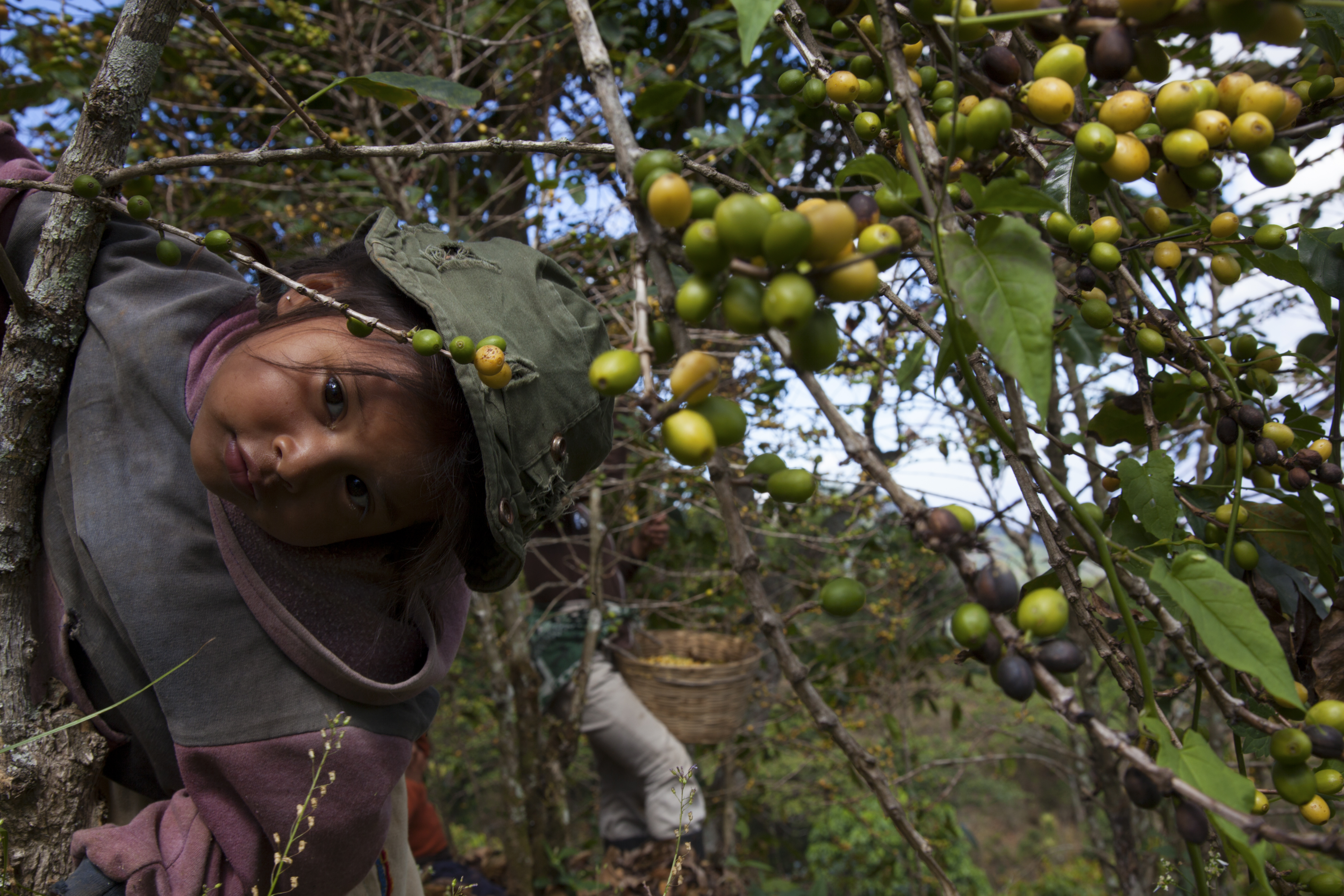

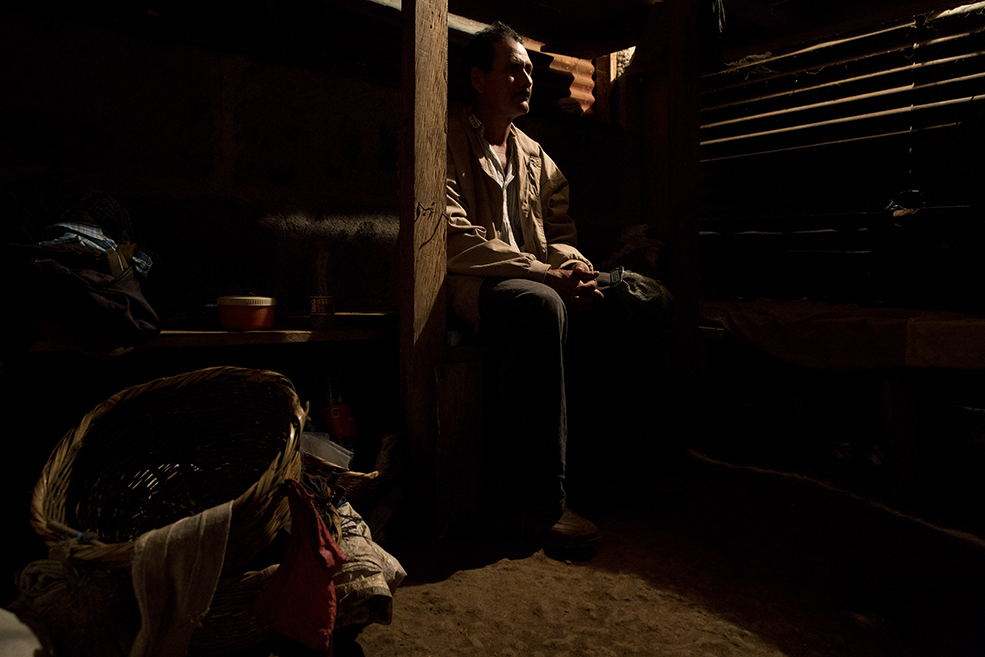


(Janet Jarman)Coffee labor is often performed by migrants who travel from poorer parts of the continent to find work on the plantations. The harvesting period lasts from roughly November to February, so workers either leave their homes for many months at a time or take their entire families with them. They eat and sleep on the estates, oftentimes in squalid conditions. "In the migrant bunk houses, which are common throughout the coffee lands, workers have very little privacy and often lack access to toilets, potable water, or a place to keep their belongings safe," Jarman says. "Some farms offer better food than others. One group felt lucky to be on a farm that offered more than just rice."One plantation can employ over 600 workers at the height of harvest, though sizes vary. Workers' ages, too, span a very wide range: Jarman met men in their 60s doing the taxing work of collecting the fruit and hauling it back. It also wasn't uncommon to see parents and children doing the same work together.

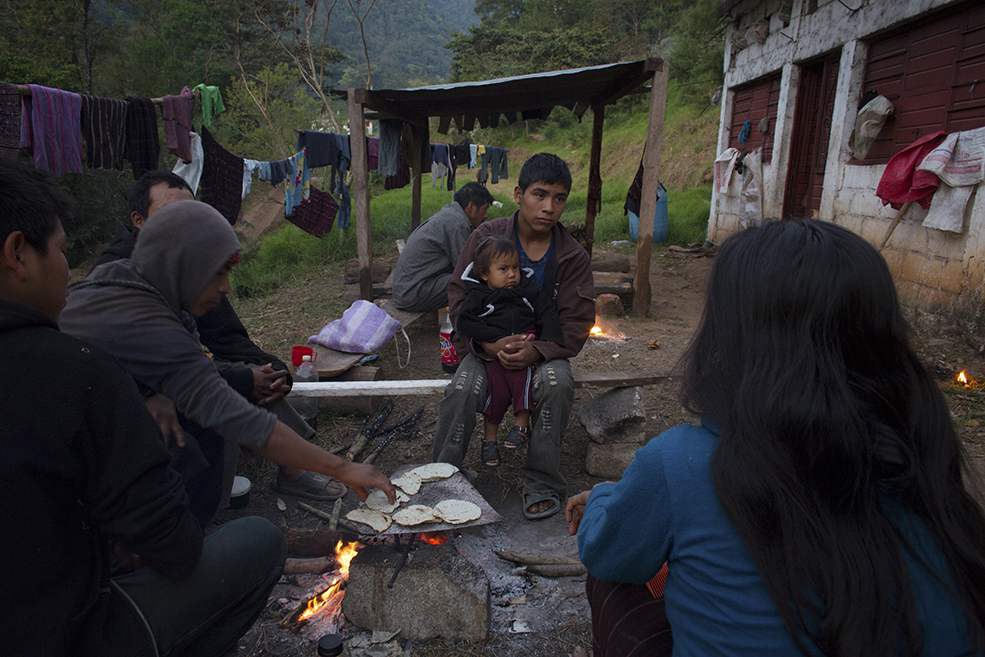
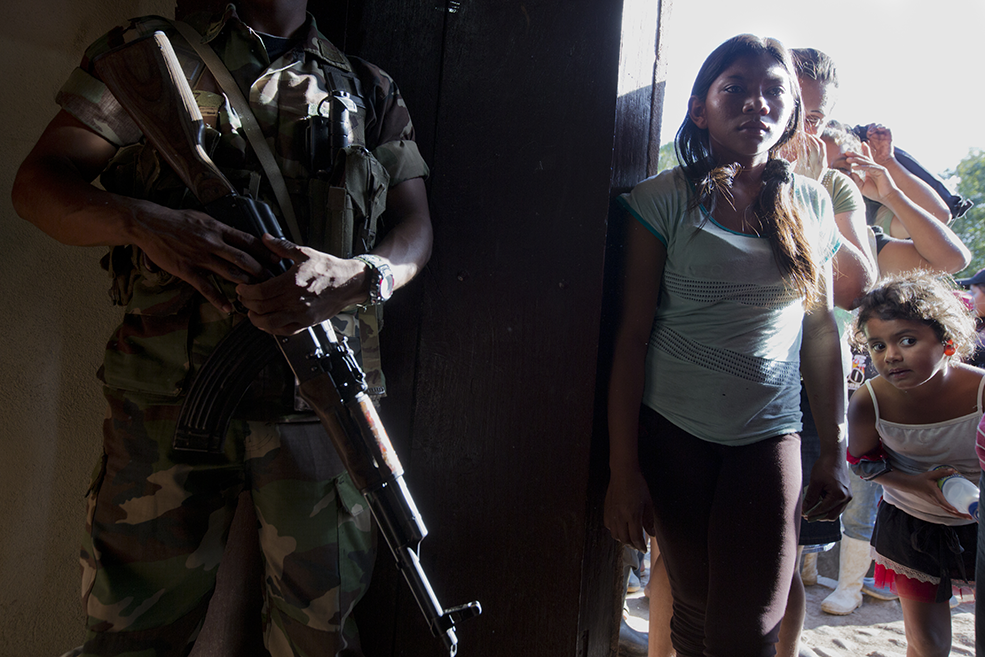

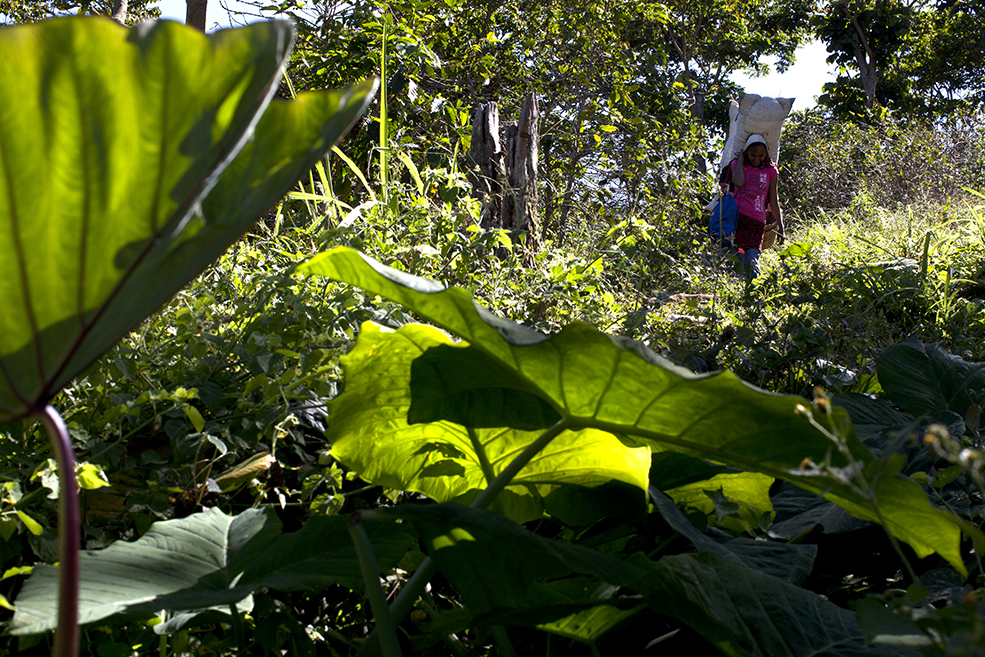

(Janet Jarman)Despite all the struggle these workers face, Jarman says she encountered a lot of people who took great pride in their craft, particularly those who ran and worked smaller farms. A lot of these people "consider growing coffee to be a true art.""Many producers and workers want their stories to be told," she says. "I vividly remember one Nicaraguan producer … [He] once told me: 'I want people to drink our coffee while imagining the family that gave them these beans through their labor.'"
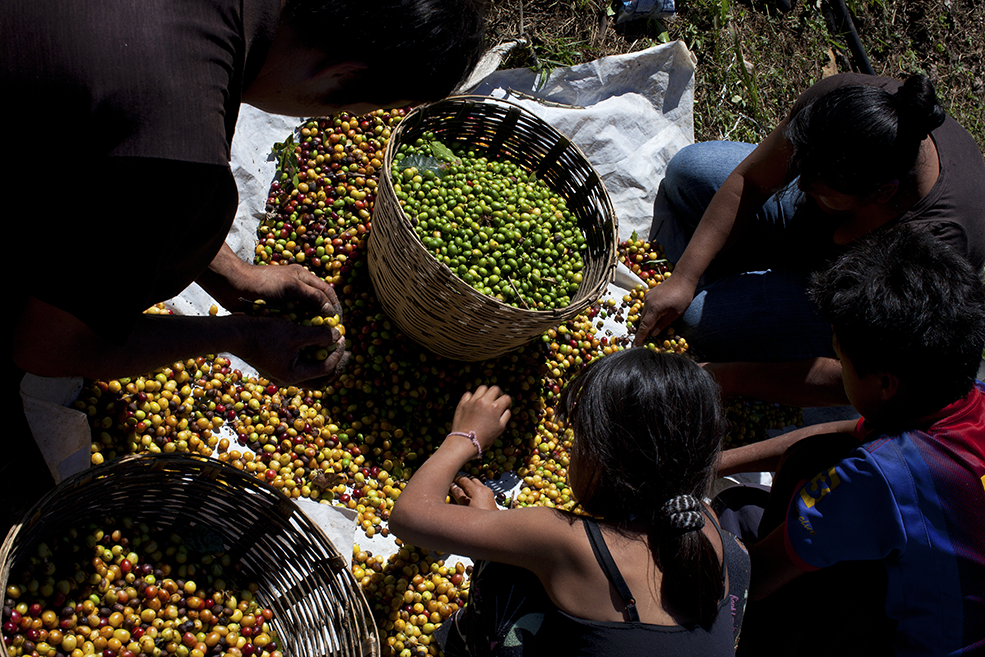
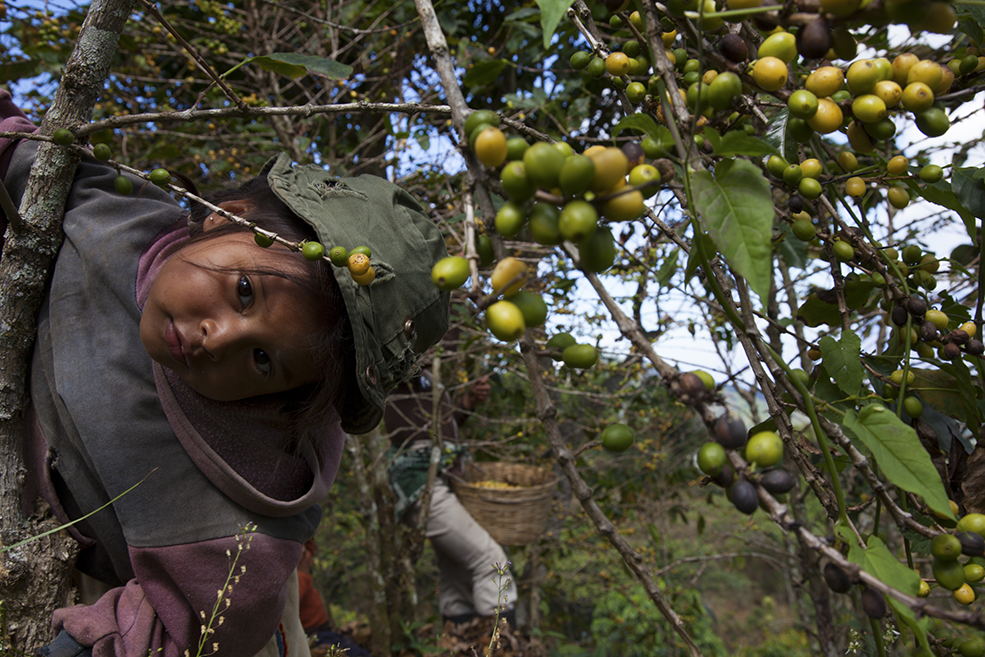
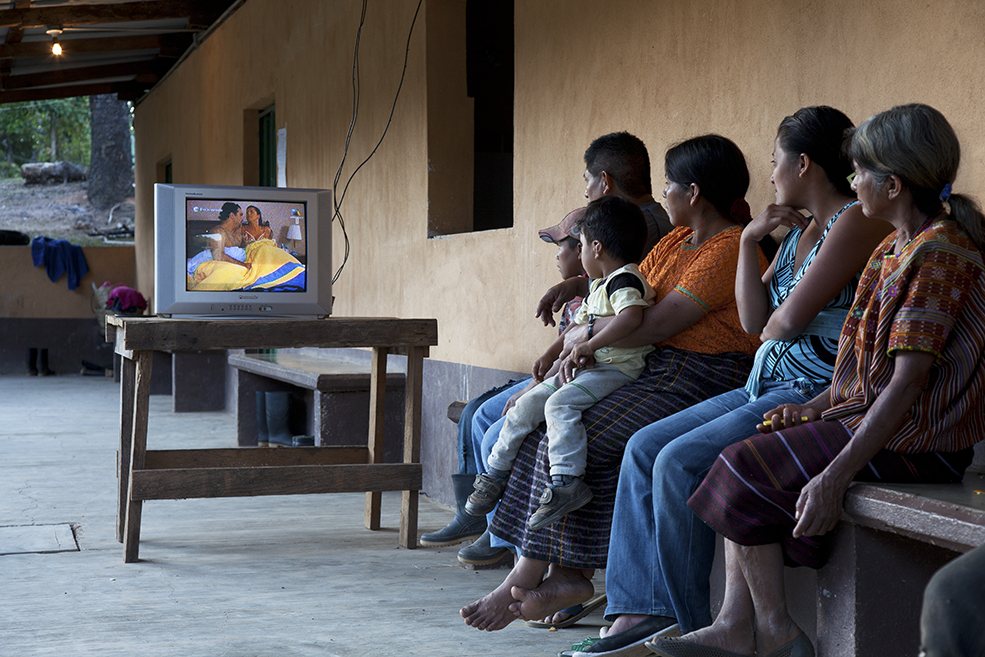

A free daily email with the biggest news stories of the day – and the best features from TheWeek.com
Kelly Gonsalves is a sex and culture writer exploring love, lust, identity, and feminism. Her work has appeared at Bustle, Cosmopolitan, Marie Claire, and more, and she previously worked as an associate editor for The Week. She's obsessed with badass ladies doing badass things, wellness movements, and very bad rom-coms.
-
 Heavenly spectacle in the wilds of Canada
Heavenly spectacle in the wilds of CanadaThe Week Recommends ‘Mind-bending’ outpost for spotting animals – and the northern lights
-
 Facial recognition: a revolution in policing
Facial recognition: a revolution in policingTalking Point All 43 police forces in England and Wales are set to be granted access, with those against calling for increasing safeguards on the technology
-
 Codeword: December 14, 2025
Codeword: December 14, 2025The daily codeword puzzle from The Week
-
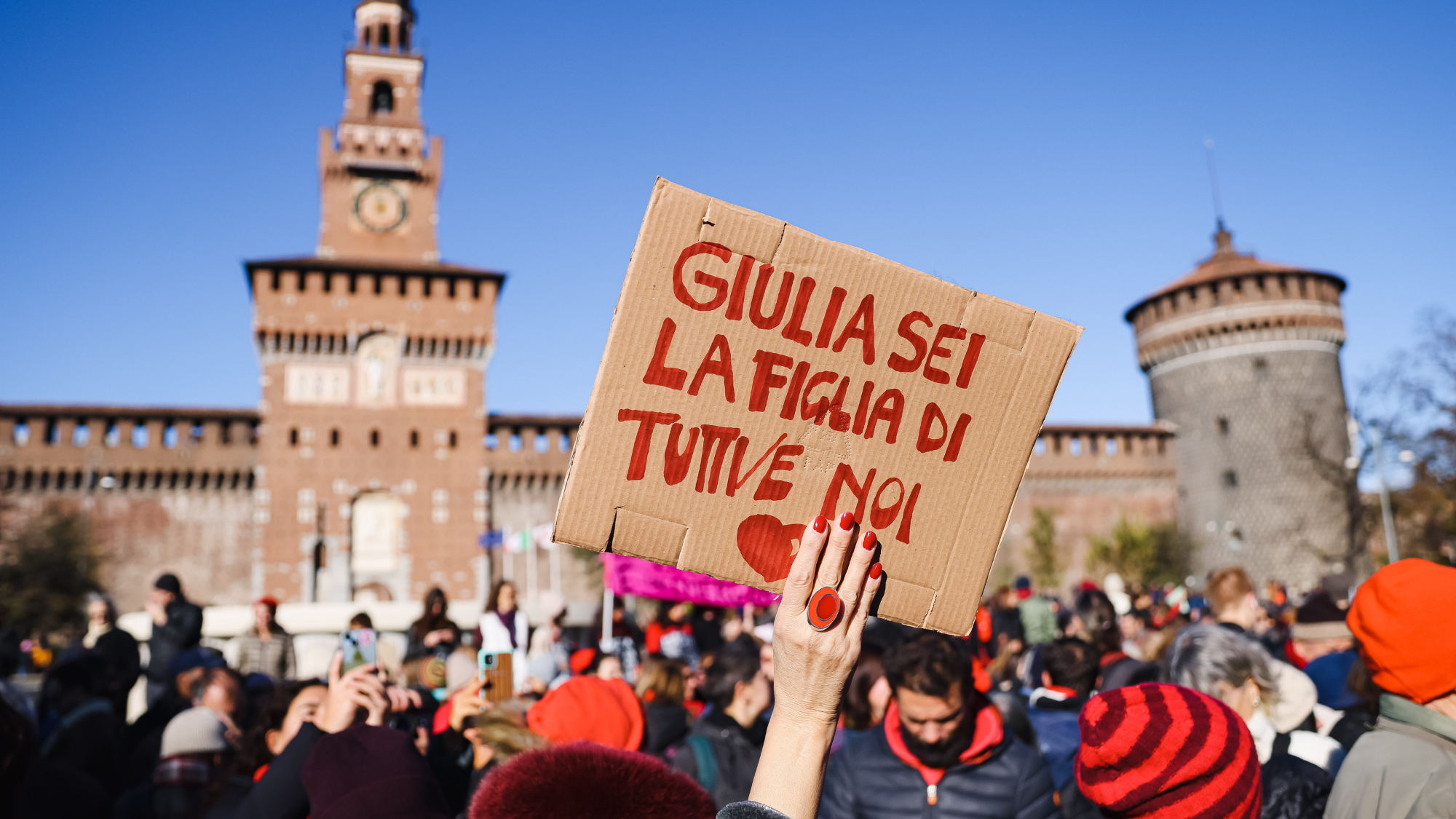 Femicide: Italy’s newest crime
Femicide: Italy’s newest crimeThe Explainer Landmark law to criminalise murder of a woman as an ‘act of hatred’ or ‘subjugation’ but critics say Italy is still deeply patriarchal
-
 Brazil’s Bolsonaro behind bars after appeals run out
Brazil’s Bolsonaro behind bars after appeals run outSpeed Read He will serve 27 years in prison
-
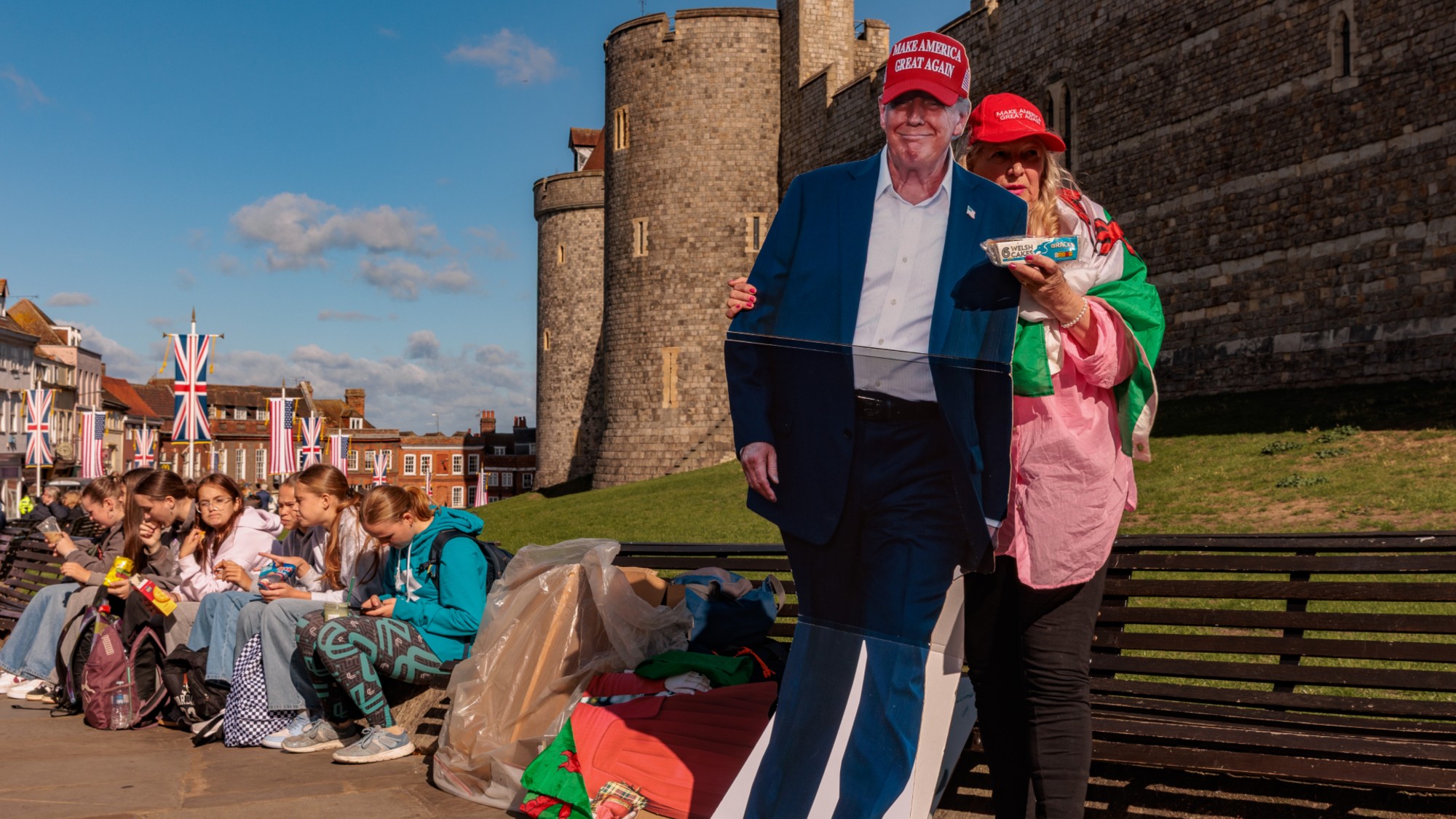 Americans traveling abroad face renewed criticism in the Trump era
Americans traveling abroad face renewed criticism in the Trump eraThe Explainer Some of Trump’s behavior has Americans being questioned
-
 Nigeria confused by Trump invasion threat
Nigeria confused by Trump invasion threatSpeed Read Trump has claimed the country is persecuting Christians
-
 Sanae Takaichi: Japan’s Iron Lady set to be the country’s first woman prime minister
Sanae Takaichi: Japan’s Iron Lady set to be the country’s first woman prime ministerIn the Spotlight Takaichi is a member of Japan’s conservative, nationalist Liberal Democratic Party
-
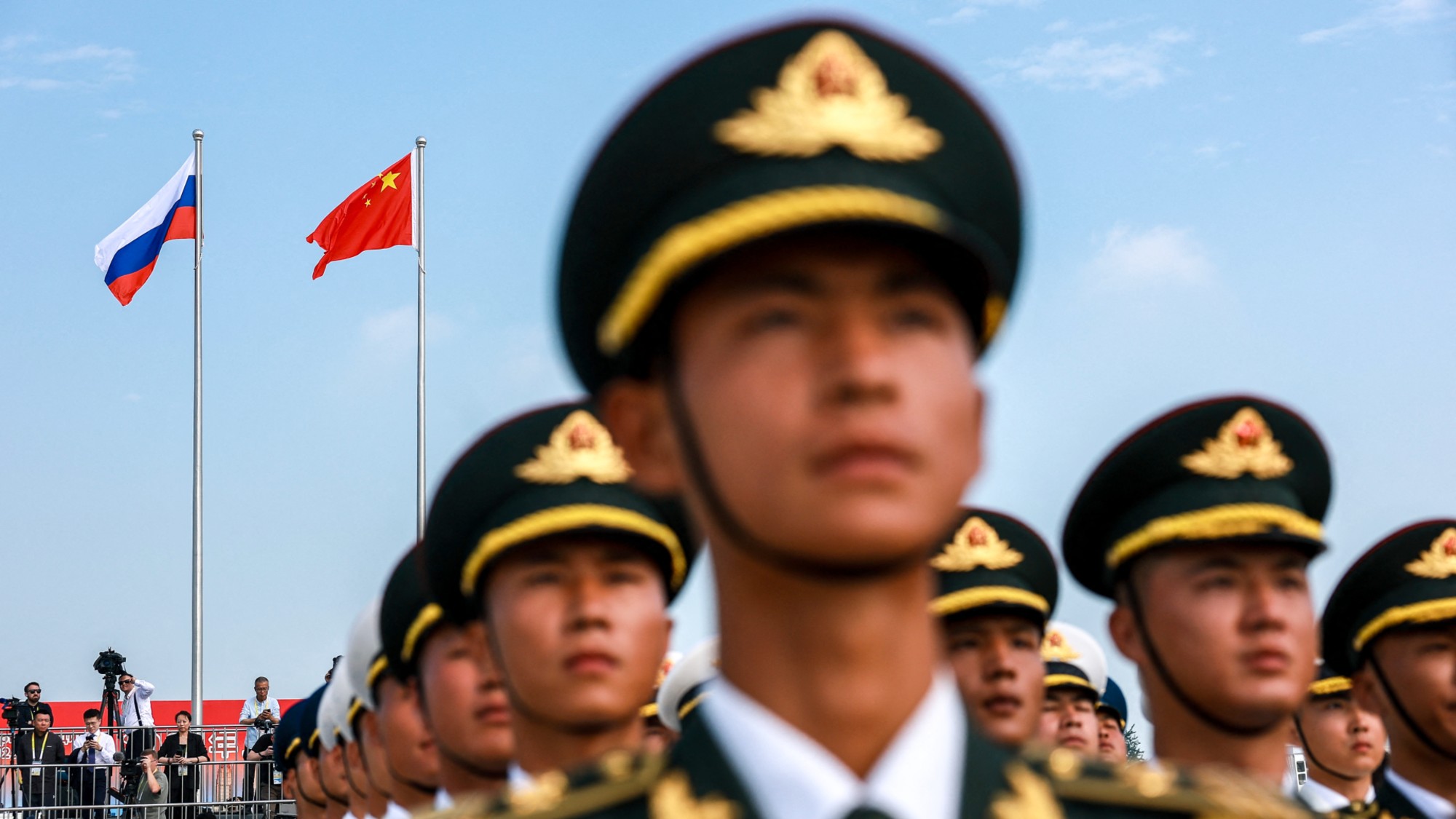 Russia is ‘helping China’ prepare for an invasion of Taiwan
Russia is ‘helping China’ prepare for an invasion of TaiwanIn the Spotlight Russia is reportedly allowing China access to military training
-
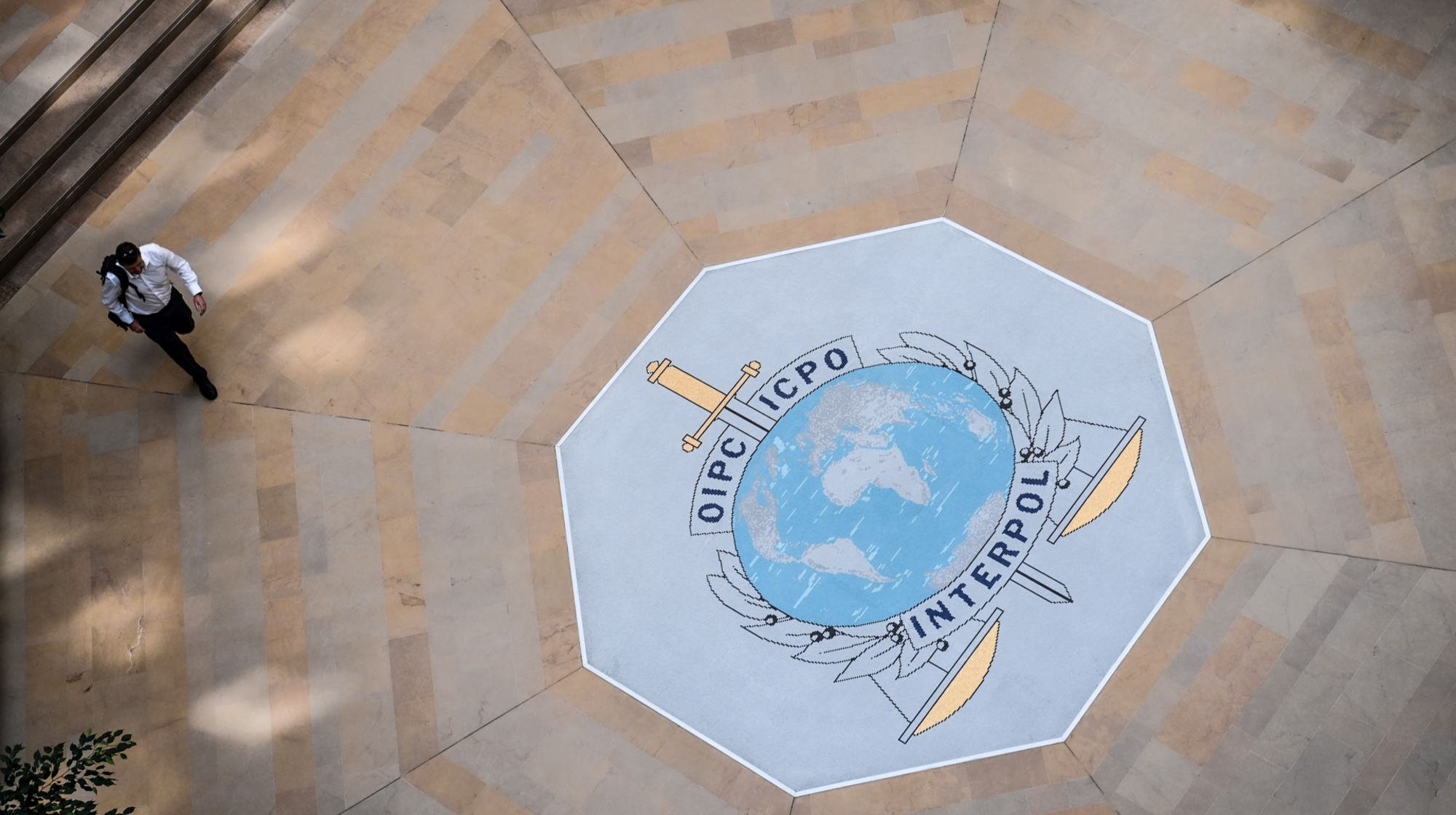 Interpol arrests hundreds in Africa-wide sextortion crackdown
Interpol arrests hundreds in Africa-wide sextortion crackdownIN THE SPOTLIGHT A series of stings disrupts major cybercrime operations as law enforcement estimates millions in losses from schemes designed to prey on lonely users
-
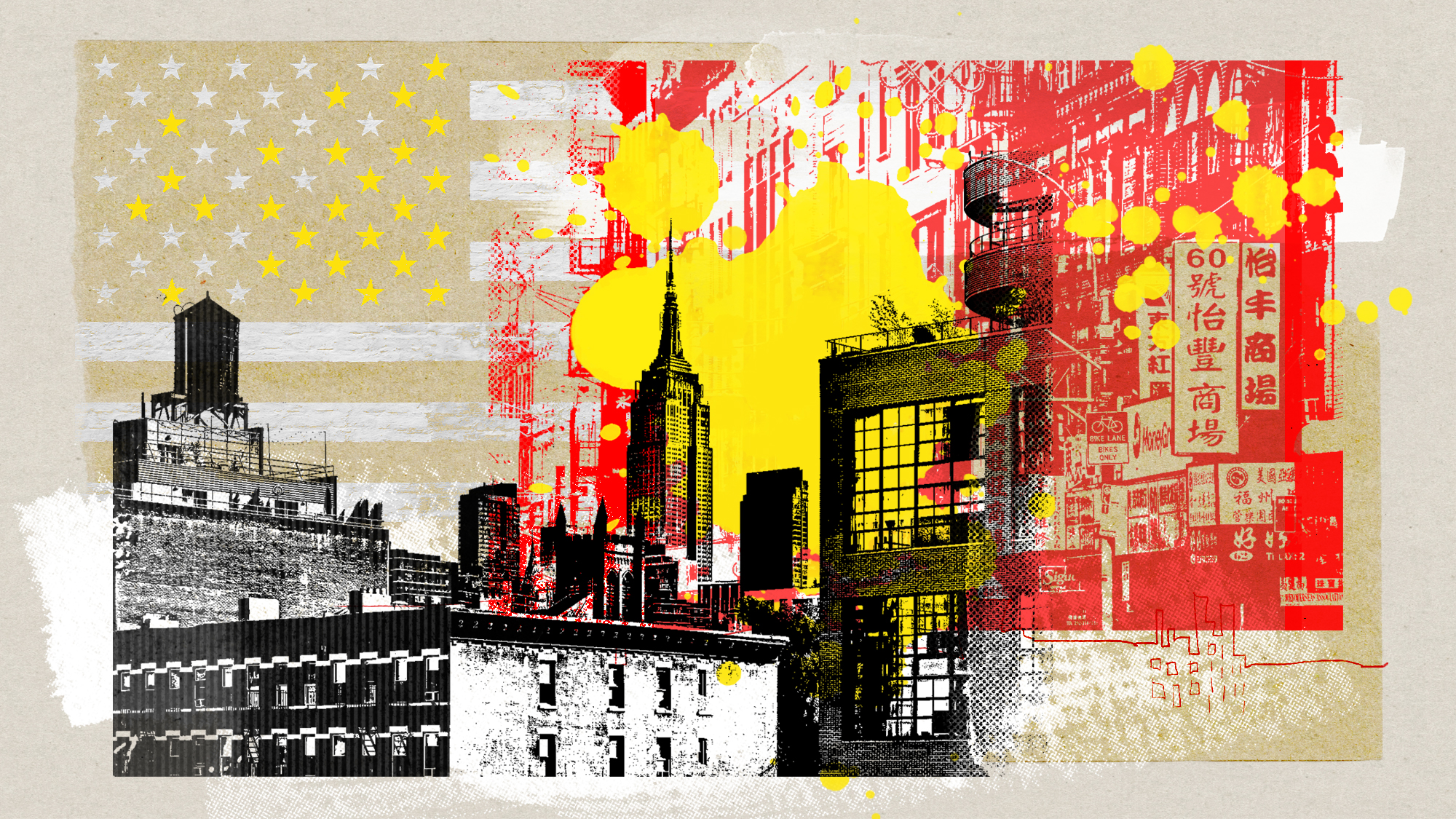 China is silently expanding its influence in American cities
China is silently expanding its influence in American citiesUnder the Radar New York City and San Francisco, among others, have reportedly been targeted
